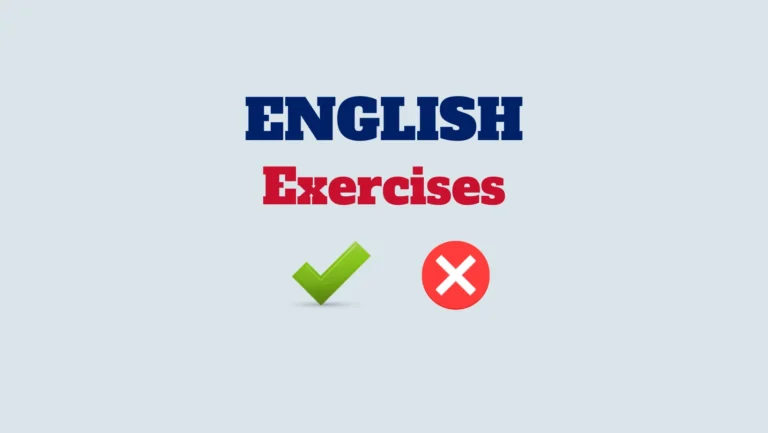Time is a crucial aspect of our lives, and understanding the months of the year is essential for scheduling, planning, and communication.

In this lesson, we’ll explore the vocabulary associated with the months.
Months vocabulary
- January: The first month of the year.
- February: The second month, known for Valentine’s Day and having 28 or 29 days.
- March: The third month, known for the arrival of spring in the Northern Hemisphere.
- April: The fourth month, often associated with showers and the bloom of flowers.
- May: The fifth month, known for warmer weather and the celebration of Mother’s Day.
- June: The sixth month, often associated with the beginning of summer.
- July: The seventh month, known for Independence Day celebrations in the United States.
- August: The eighth month, typically a warm month in the Northern Hemisphere.
- September: The ninth month, signaling the beginning of autumn in the Northern Hemisphere.
- October: The tenth month, associated with fall foliage and Halloween.
- November: The eleventh month, known for Thanksgiving in the United States.
- December: The twelfth month, associated with winter holidays and the end of the year.
Congratulations on learning the months of the year! This knowledge is essential for various aspects of daily life, from scheduling appointments to planning events. Practice using these words in context to strengthen your command of the calendar. Stay tuned for more vocabulary lessons as we continue our language-learning journey!
Learn English
Share this 👉 https://quickglish.net/qfth



